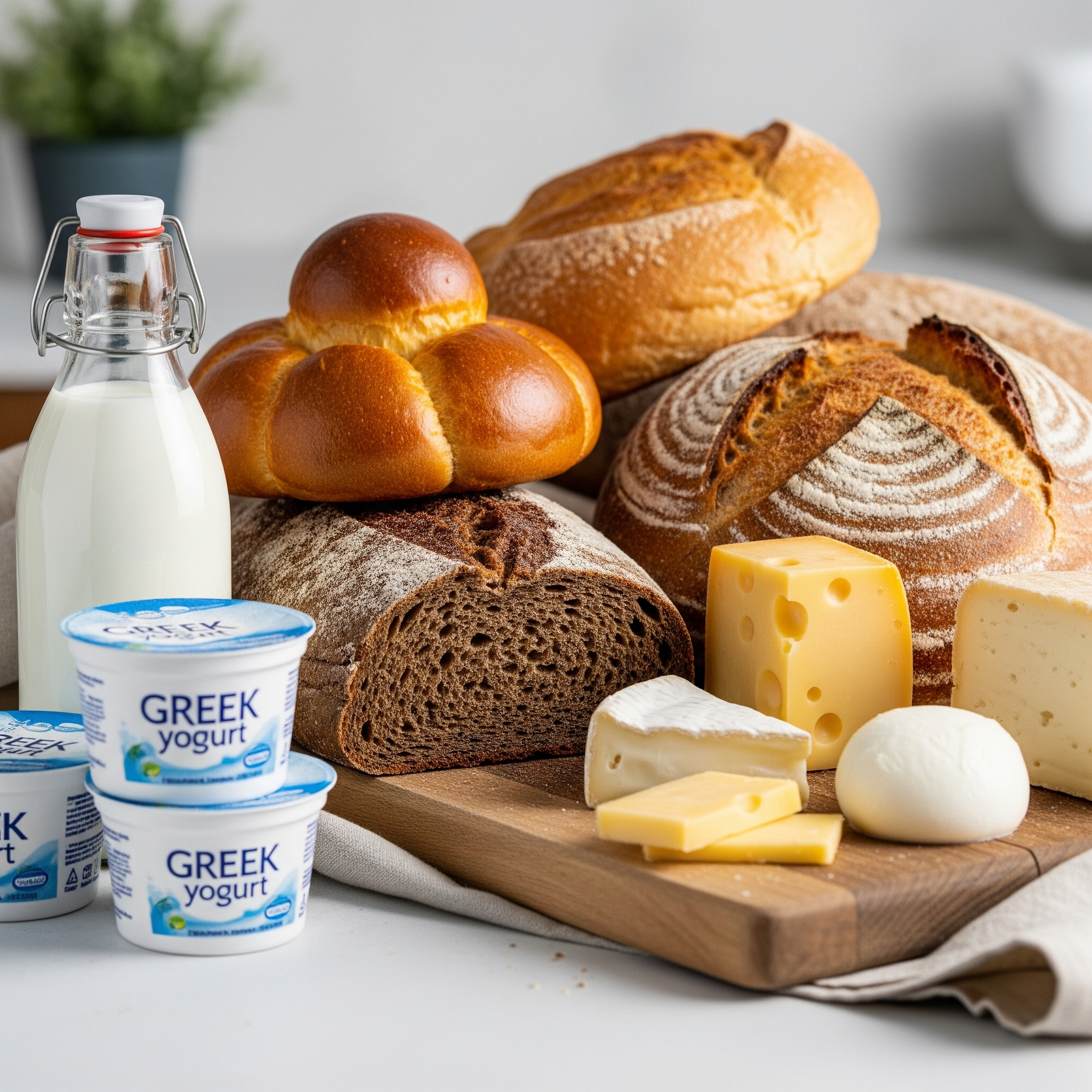
The UN Food and Agriculture Organization (FAO) released its latest monthly Food Price Index, painting a nuanced picture of global food markets. While prices for cereal, sugar, and vegetable oils saw noticeable declines, categories like meat and dairy continued their upward climb. Overall, the FAO Food Price Index (FFPI) remained 6.0 points higher than the same time last year, signaling persistent volatility.
As we dissect these numbers and what they mean for consumers, businesses, and policymakers, one thing becomes clear: understanding and responding to real-time food pricing data is no longer a luxury—it’s a necessity.
Breaking Down the Numbers: What’s Cheaper, What’s Not
The FAO’s Food Price Index tracks monthly changes in international prices of five major food commodity groups:
Despite these short-term decreases, the overall index is still 6.0 points above May 2024 levels, underscoring longer-term inflationary pressures.
Even a modest 6-point increase in the FFPI can have outsized effects. According to the World Bank, a 1% increase in food prices can push an additional 10 million people globally into extreme poverty. With the current FAO index hovering above pre-pandemic levels, economic pain is being felt at both the household and national levels.
These fluctuations don’t just hurt consumers—they complicate planning for food companies, logistics firms, and governments trying to ensure nutritional security.
In such an unpredictable environment, companies like JourneyFoods are stepping in to provide clarity. Using AI and machine learning, JourneyFoods is building tools that can:
For example, a food manufacturer facing rising dairy prices might use JourneyFoods to reformulate a snack product using oat or pea protein alternatives, guided by predictive pricing models.
By combining ingredient-level insights with price forecasting, JourneyFoods enables better decision-making, cost control, and resilience.
As food price volatility becomes the norm, the need for circular, adaptive supply chains becomes clearer. JourneyFoods is part of a growing movement of companies embracing circular economy principles, where waste is minimized, inputs are reused, and systems are designed for resilience.
Here’s how AI is helping:
The global price movements affect countries differently:
According to OECD data, food prices account for up to 40% of household expenditures in low-income countries, compared to just 10–15% in high-income economies. That makes global price movements a major equity issue.
JourneyFoods is working on forecasting models that incorporate these variables into a single dashboard view for its food company clients—bringing clarity to a foggy landscape.
Food prices are more than numbers on a spreadsheet—they influence everything from family budgets to geopolitical stability. The FAO Food Price Index is a vital early-warning system, but without platforms to translate that data into action, much of its utility is lost.
That’s why the role of AI-driven platforms like JourneyFoods is increasingly vital. By making global food data understandable, actionable, and integrated into supply chain decisions, these technologies are helping companies and countries navigate a turbulent food economy with more confidence and clarity.
In a world where the price of a loaf of bread or a gallon of milk can be shaped by droughts, viral trends, or freight bottlenecks, intelligence is the new infrastructure. And it may just be what feeds the future.
